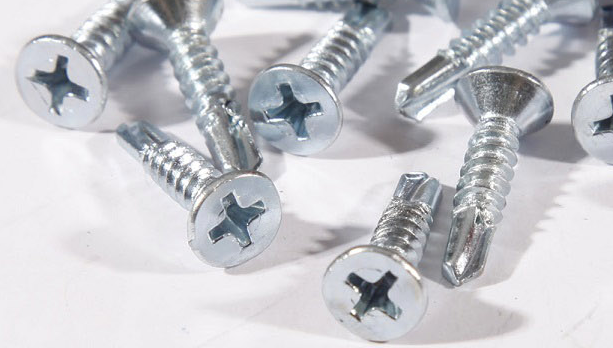Design Considerations and Best Practices for Foundation Bolts in Structural Engineering Applications
An Overview of Foundation Bolts Design
Foundation bolts are critical components in construction and engineering, providing the necessary anchorage between structural elements and their foundations. They are essential for ensuring the stability and integrity of structures, particularly in seismic zones, wind-prone areas, and when supporting heavy machinery or tall buildings. Designing foundation bolts requires careful consideration of various factors, including load conditions, material properties, environmental influences, and safety regulations.
Types of Foundation Bolts
Foundation bolts come in various types and configurations, each suited to specific applications. The most common types include
1. Anchor Bolts These bolts are typically embedded in concrete and are used to secure structural elements like columns, walls, and machinery. They come in various shapes such as L-shaped, J-shaped, and straight bolts, each serving different anchorage needs.
2. Embedment Bolts Designed to be embedded directly into the concrete foundation, embedment bolts provide a strong connection point for steel structures.
4. Shear Bolts Used primarily in applications where shear loads are significant, shear bolts help to prevent any lateral movement of structural elements.
Design Considerations
The design of foundation bolts is influenced by several key factors
foundation bolts design

1. Load Requirements The first step in designing foundation bolts is to calculate the expected loads, including dead loads (permanent/static loads) and live loads (temporary/dynamic loads). This includes any forces due to wind, seismic activity, and operational conditions.
2. Material Selection The choice of material for foundation bolts is vital. Common materials include carbon steel, stainless steel, and high-strength alloys, each offering different mechanical properties and corrosion resistance. The selected material must be suitable for the environmental conditions to which it will be exposed.
3. Diameter and Length The diameter and length of the bolts must be sufficient to meet the load requirements and accommodate the thickness of the foundation. The design must also allow for proper embedment to ensure maximum holding strength.
4. Corrosion Protection In environments with high moisture or chemical exposure, corrosion protection is crucial. This can be achieved through galvanization, coatings, or the use of stainless steel bolts.
5. Installation Methods The method of installation can also affect the design. The bolts may be cast into the foundation or installed as post-installed anchors. The chosen method will determine additional design considerations such as torque specifications and embedment depths.
Codes and Standards
Compliance with local building codes and standards is essential in the design of foundation bolts. Organizations like the American Institute of Steel Construction (AISC), the American Concrete Institute (ACI), and various international standards provide guidelines on the performance, materials, and fabrication of foundation bolts. Adhering to these standards ensures safety and reliability in construction.
Conclusion
The design of foundation bolts is a crucial aspect of structural engineering that significantly impacts the performance and safety of buildings and structures. Engineers must consider various factors, including load conditions, material properties, and environmental influences, to ensure that foundation bolts effectively anchor structural elements. As construction technologies and materials advance, the design and application of foundation bolts will continue to evolve, reinforcing the stability and safety of our built environment. Through meticulous design and adherence to standards, foundation bolts will remain a cornerstone of modern construction.
-
Weatherproof Plastic Expansion Anchors for OutdoorNuusJun.06,2025
-
Sustainability in the Supply Chain: Eco-Friendly TEK Screws ProductionNuusJun.06,2025
-
Load-Bearing Capacity of External Insulation FixingsNuusJun.06,2025
-
Double Head Bolts: Enhancing Efficiency in Industrial MachineryNuusJun.06,2025
-
Corrosion Resistance in Chipboard Screws: Coatings for Wholesale DurabilityNuusJun.06,2025
-
Butterfly Toggle Bolts : Enhancing Structural ResilienceNuusJun.06,2025
